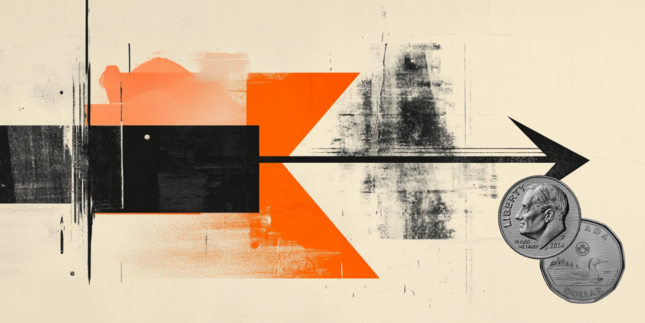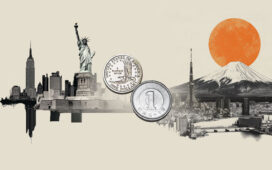USD/CAD remains steady after two days of gains, trading around 1.4010 during the Asian hours on Monday. The pair struggles as the Canadian Dollar (CAD) gains ground on higher Oil prices. It is important to note that Canada is the largest crude exporter to the United States (US).
West Texas Intermediate (WTI) Oil price holds gain around $61.00 per barrel at the time of writing. Crude Oil prices appreciate as the Organization of the Petroleum Exporting Countries and its allies (OPEC+) signaled a pause in output increase. OPEC+ on Sunday said it planned to pause output increases in the first quarter (Q1) of 2026, following another modest hike for next month.
However, the USD/CAD pair may regain its ground and continues its winning streak for the third consecutive session as the US Dollar (USD) receives support from dampening expectations for a December rate cut by the US Federal Reserve (Fed), following the central bank’s decision of lowering its benchmark overnight borrowing rate for the second time this year to a range of 3.75%-4.0%.
Fed Chair Jerome Powell said during the post-meeting press conference that another rate cut in December is far from certain. Powell also cautioned that policymakers may need to take a wait-and-see approach until official data reporting resumes. Fed funds futures traders are now pricing in a 69% chance of a cut in December, down from 93% a week ago, according to the CME FedWatch Tool.
However, traders may adopt caution due to the prolonged government shutdown, which could fuel economic concerns in the United States (US). The US government impasse has now entered its sixth week with no easy endgame in sight amid a deadlock in Congress on the Republican-backed funding bill.
Canadian Dollar FAQs
The key factors driving the Canadian Dollar (CAD) are the level of interest rates set by the Bank of Canada (BoC), the price of Oil, Canada’s largest export, the health of its economy, inflation and the Trade Balance, which is the difference between the value of Canada’s exports versus its imports. Other factors include market sentiment – whether investors are taking on more risky assets (risk-on) or seeking safe-havens (risk-off) – with risk-on being CAD-positive. As its largest trading partner, the health of the US economy is also a key factor influencing the Canadian Dollar.
The Bank of Canada (BoC) has a significant influence on the Canadian Dollar by setting the level of interest rates that banks can lend to one another. This influences the level of interest rates for everyone. The main goal of the BoC is to maintain inflation at 1-3% by adjusting interest rates up or down. Relatively higher interest rates tend to be positive for the CAD. The Bank of Canada can also use quantitative easing and tightening to influence credit conditions, with the former CAD-negative and the latter CAD-positive.
The price of Oil is a key factor impacting the value of the Canadian Dollar. Petroleum is Canada’s biggest export, so Oil price tends to have an immediate impact on the CAD value. Generally, if Oil price rises CAD also goes up, as aggregate demand for the currency increases. The opposite is the case if the price of Oil falls. Higher Oil prices also tend to result in a greater likelihood of a positive Trade Balance, which is also supportive of the CAD.
While inflation had always traditionally been thought of as a negative factor for a currency since it lowers the value of money, the opposite has actually been the case in modern times with the relaxation of cross-border capital controls. Higher inflation tends to lead central banks to put up interest rates which attracts more capital inflows from global investors seeking a lucrative place to keep their money. This increases demand for the local currency, which in Canada’s case is the Canadian Dollar.
Macroeconomic data releases gauge the health of the economy and can have an impact on the Canadian Dollar. Indicators such as GDP, Manufacturing and Services PMIs, employment, and consumer sentiment surveys can all influence the direction of the CAD. A strong economy is good for the Canadian Dollar. Not only does it attract more foreign investment but it may encourage the Bank of Canada to put up interest rates, leading to a stronger currency. If economic data is weak, however, the CAD is likely to fall.




